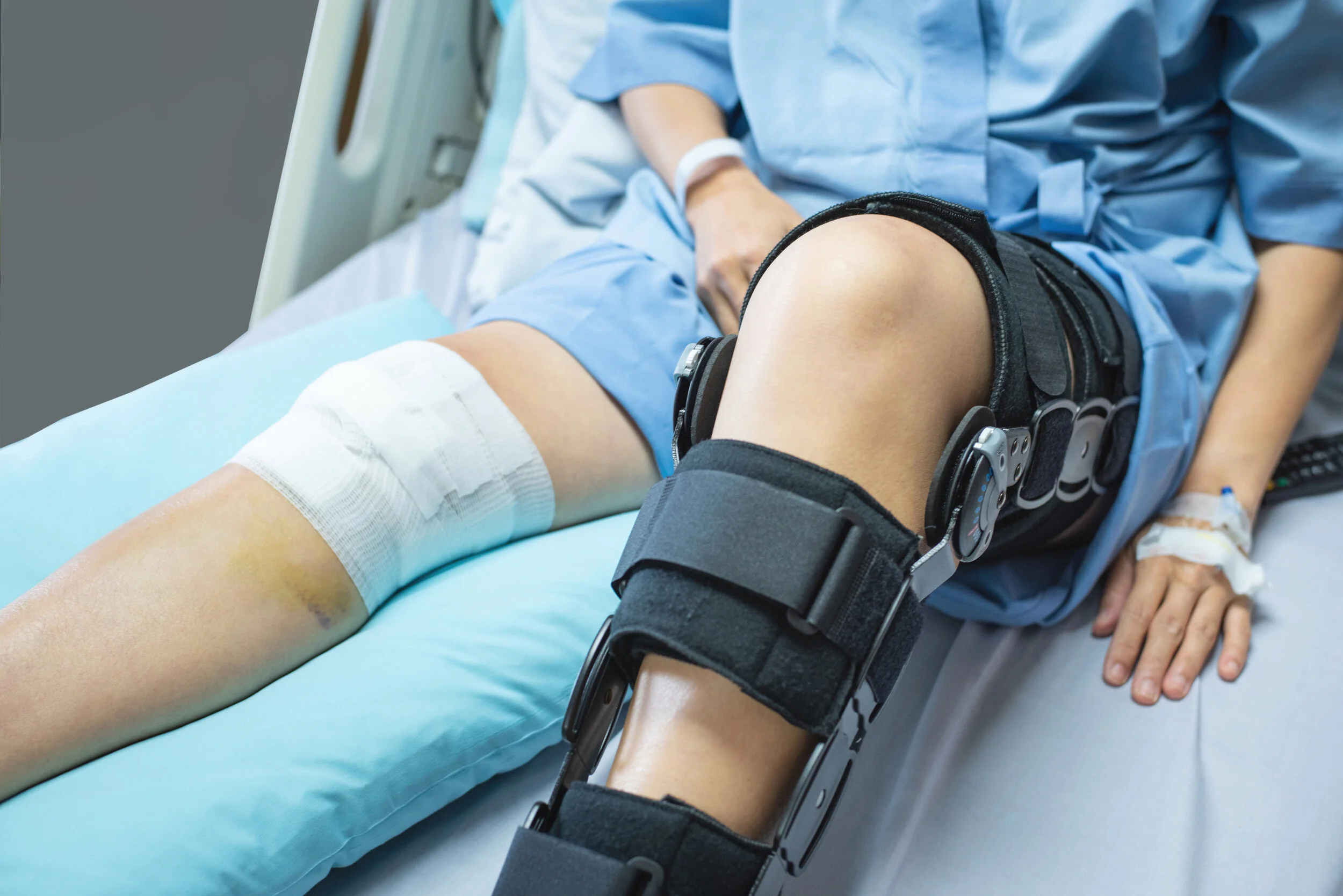How Can Running Injuries Be Prevented?
If you run, you’ve probably heard every “golden rule” going—don’t increase mileage too fast, stretch more, buy new shoes. The truth is more nuanced. Recent research shows that the most effective prevention is personalised, supported, and multifactorial—not a one-size-fits-all routine. A 2025 scoping review mapped 100+ studies and found runners benefit most when strategies are tailored to their risk profile and guided (or supervised) where possible (Linton et al., 2025).
Below is a practical, evidence-based guide you can action this week.
1) Manage Training Load—Progress, But Progress Wisely
• Avoid abrupt spikes in distance, intensity, or hills. Graduated programmes help some groups (e.g., higher-BMI novices), but aren’t universally protective; the key is steady, individualised progress and early course-correction when niggles appear.
• Warm-ups that activate the neuromuscular system (not just static stretching) reduce lower-limb injury risk across field sports and may help runners too—think dynamic drills, skips, leg swings, short strides.
Tip: Adopt a 'two levers' mindset—if you add one of distance / intensity / hills this week, keep the other two steady.
2) Strength & Conditioning—Effective When It’s Supervised or Supported
Standalone, unsupervised 'do-this-at-home' programmes rarely cut injury rates in runners. Reviews suggest supervision, feedback and adherence are the difference between benefit and no effect. Focus on: calves/soleus, hamstrings, quads, hip abductors, and trunk control.
Tip: 2 sessions/week of lower-limb strength (calf raises, split squats, RDLs), progressed with load; check technique with a coach/physio or video review.
3) Gait Retraining—Small Tweaks, Big Payoff (With Feedback)
Randomised trials show gait retraining with real-time feedback (e.g., cues to increase cadence or soften impact) can lower injury risk by ~48–62% in certain runner cohorts. Telehealth / wearable-based feedback is emerging and promising.
Tip: If you’re impact-sensitive (anterior knee/shin pain), trial a slightly higher cadence (+5–7%) under guidance.
4) Footwear—Match the Shoe to the Runner, Not the Hype
Big, population-wide shoe fixes seldom change injury rates. But targeted choices help specific feet: runners with pronation-related issues may benefit from motion-control shoes; others may not.
Tip: Select shoes by your history and comfort. Transition gradually if you change stack/heel-drop.
5) Tech That Helps You Do the Right Things
Wearable-driven, real-time feedback on cadence/loading has reduced injury rate and severity in trials—because it nudges day-to-day behaviour, not just knowledge.
Tip: Use instrumented insoles or a footpod to monitor cadence and impact surges during training.
6) Recovery, Sleep, and Early Symptom Response
Experts consistently recommend building recovery windows, rotating hard/easy days, and acting early on persistent niggles. Runners are more likely to adopt strategies that fit their life—so pick sustainable habits and stick to them.
Tip: Sleep 7–9 hours, fuel adequately, and if a niggle lasts >48 hours or alters your stride, reduce load and seek assessment.
7) Education Beats Myths
Enhanced online education alone hasn’t reduced injuries in RCTs; pairing education with tailoring + reminders + coaching works better. Bottom line: information helps only when it changes behaviour—via supervision, feedback, or tech.
What To Do If You’re Already Niggles-Up
See a specialist if you have:
• Swelling, persistent stiffness, sharp, focal pain, or giving-way/instability.
• Pain that doesn’t improve after 7–10 days of modified training.
A proper plan starts with a targeted examination and, when indicated, an MRI to clarify bone stress, tendon, cartilage, or meniscal involvement—so your loading and rehab can be personalised rather than generic.
Quick, Evidence-Based Starter Plan
• 2×/week lower-limb strength (progressive, coached).
• Gait check with real-time feedback; consider cadence +5–7% if you’re impact-sensitive.
• Footwear aligned to your history (e.g., motion-control if pronation-related problems).
• Dynamic warm-up before quality sessions; long static stretching post-run.
• Load management: one 'quality' session, one long run, one hills/strides per week—never all three hard in the same 7 days.
Expert Care for Runners
Professor Chinmay Gupté and the team at Sportshealing treat many runners at our London clinic—from parkrun first-timers to seasoned marathoners. If you’re dealing with a stubborn niggle or want a robust prevention plan (strength, gait, footwear, and load), we’re here to help.

